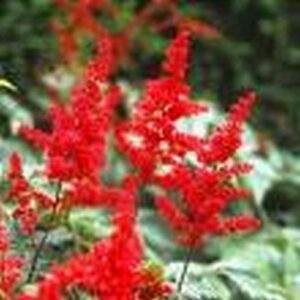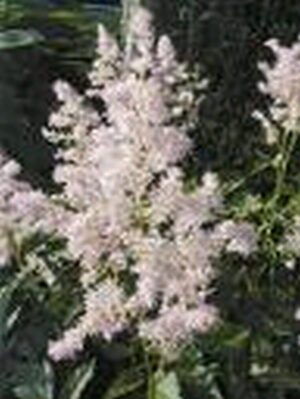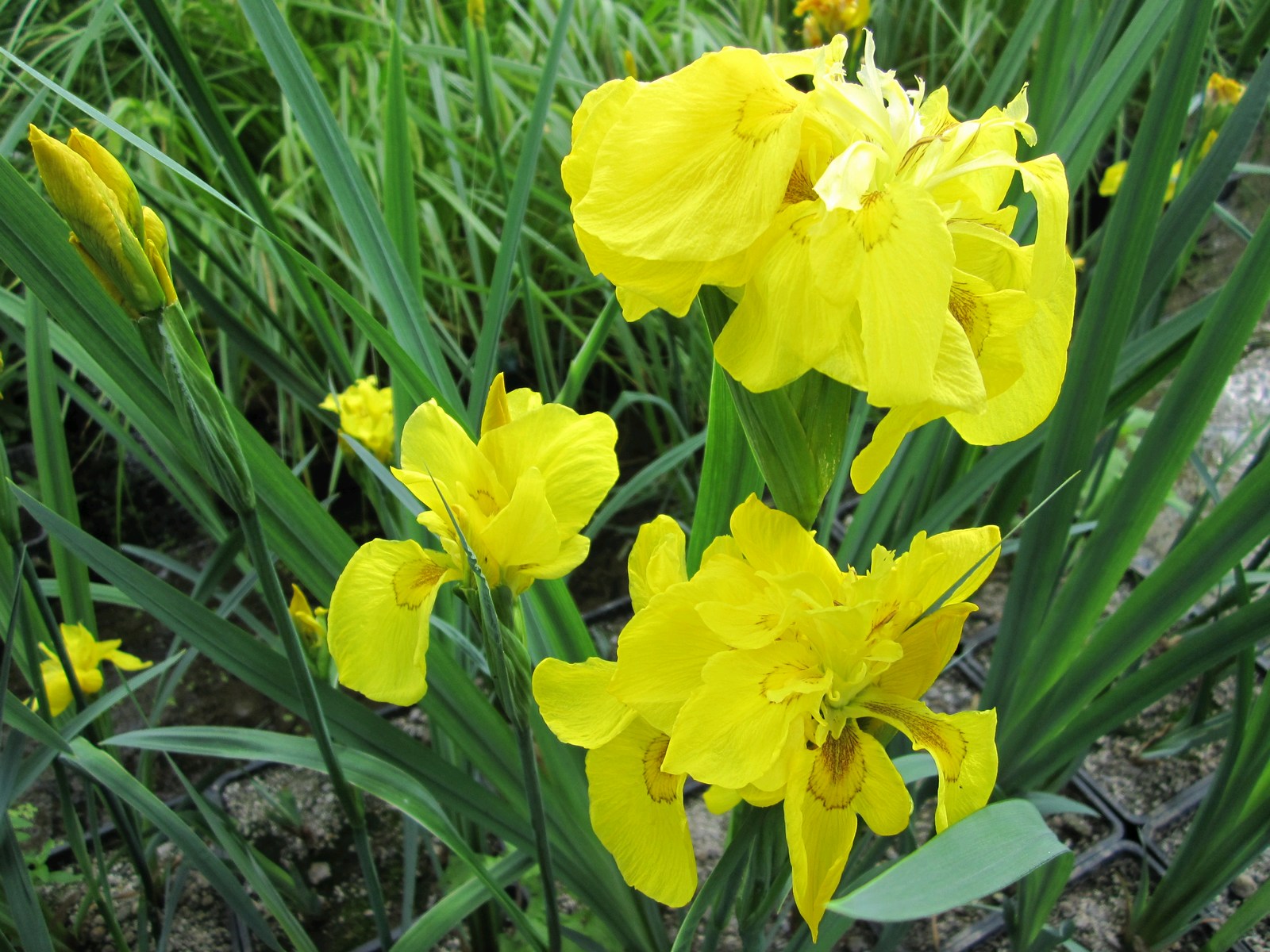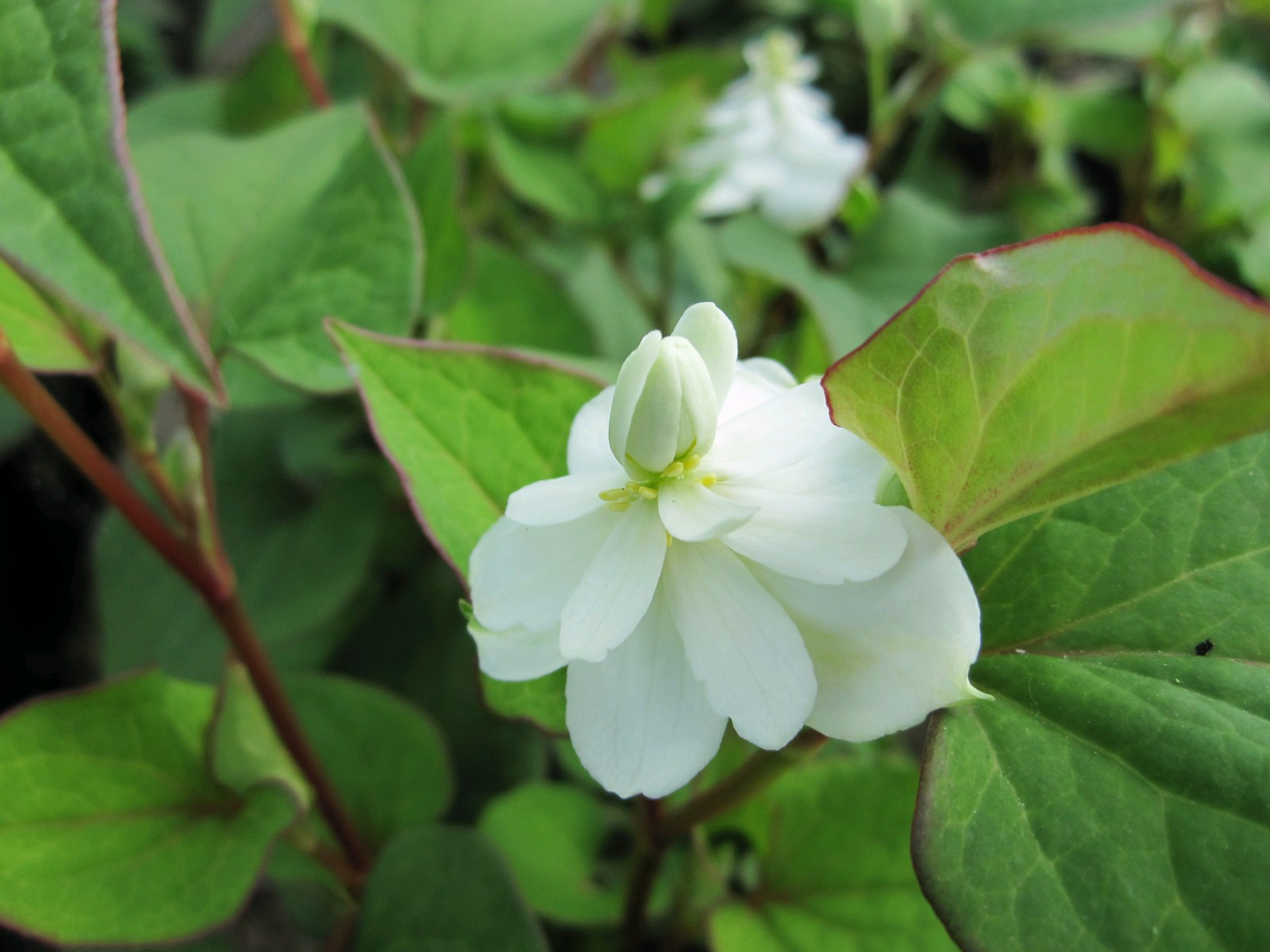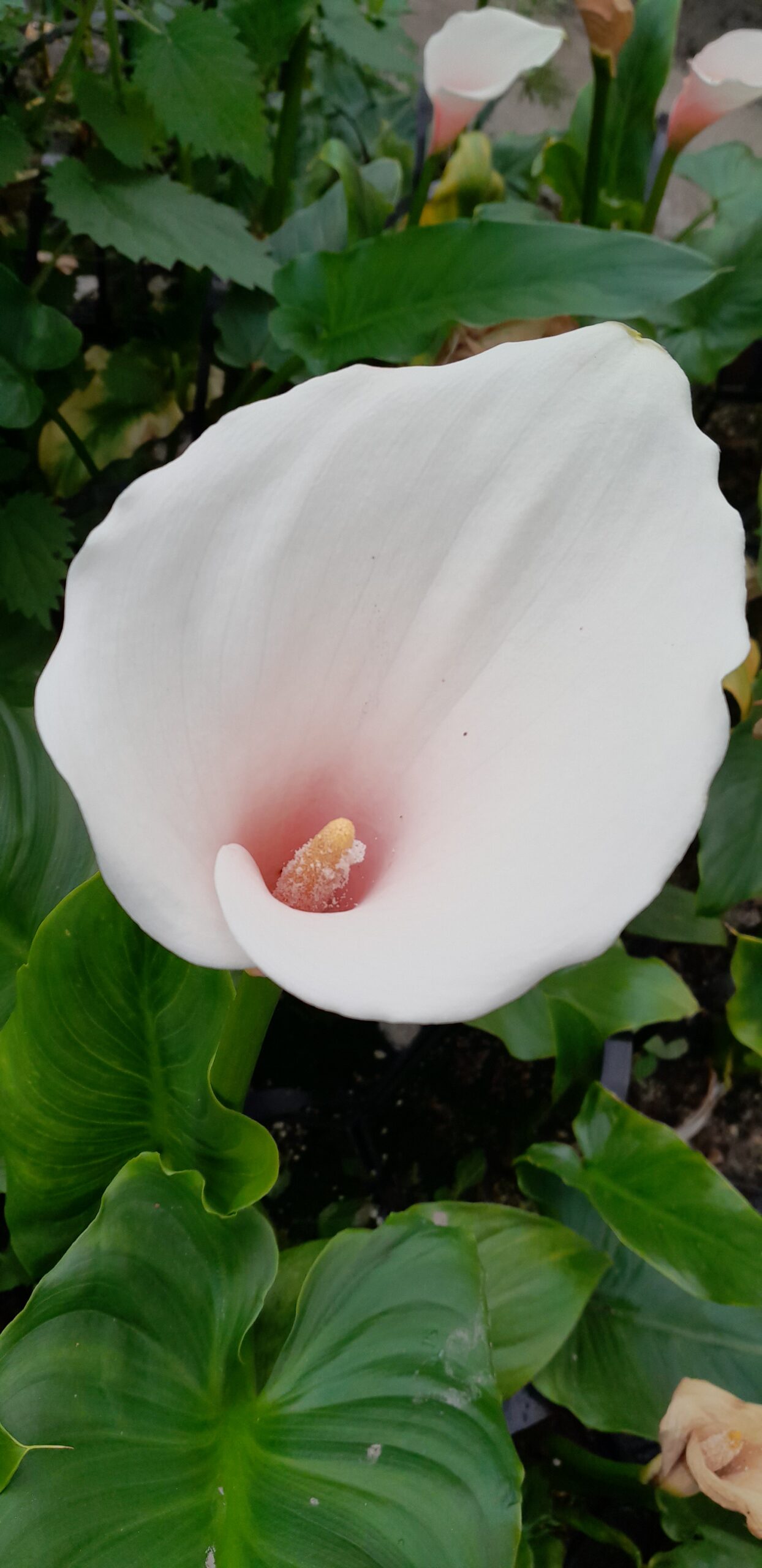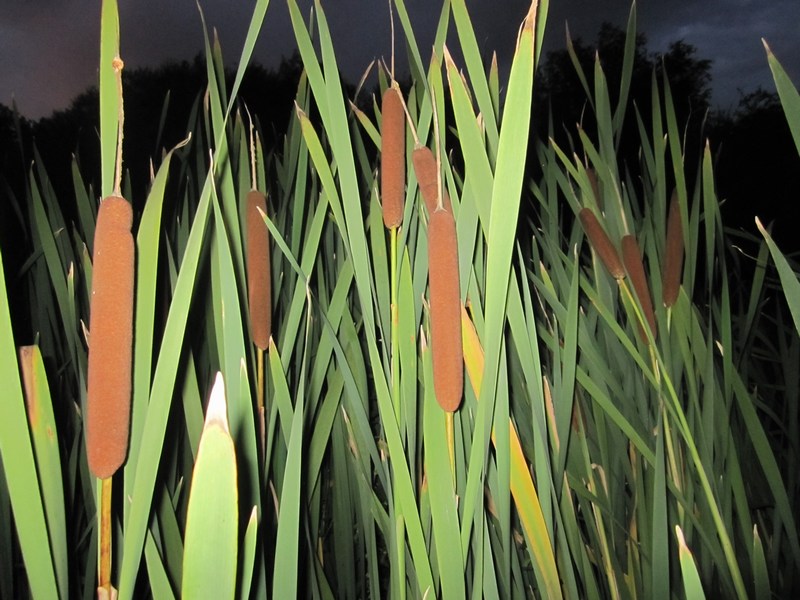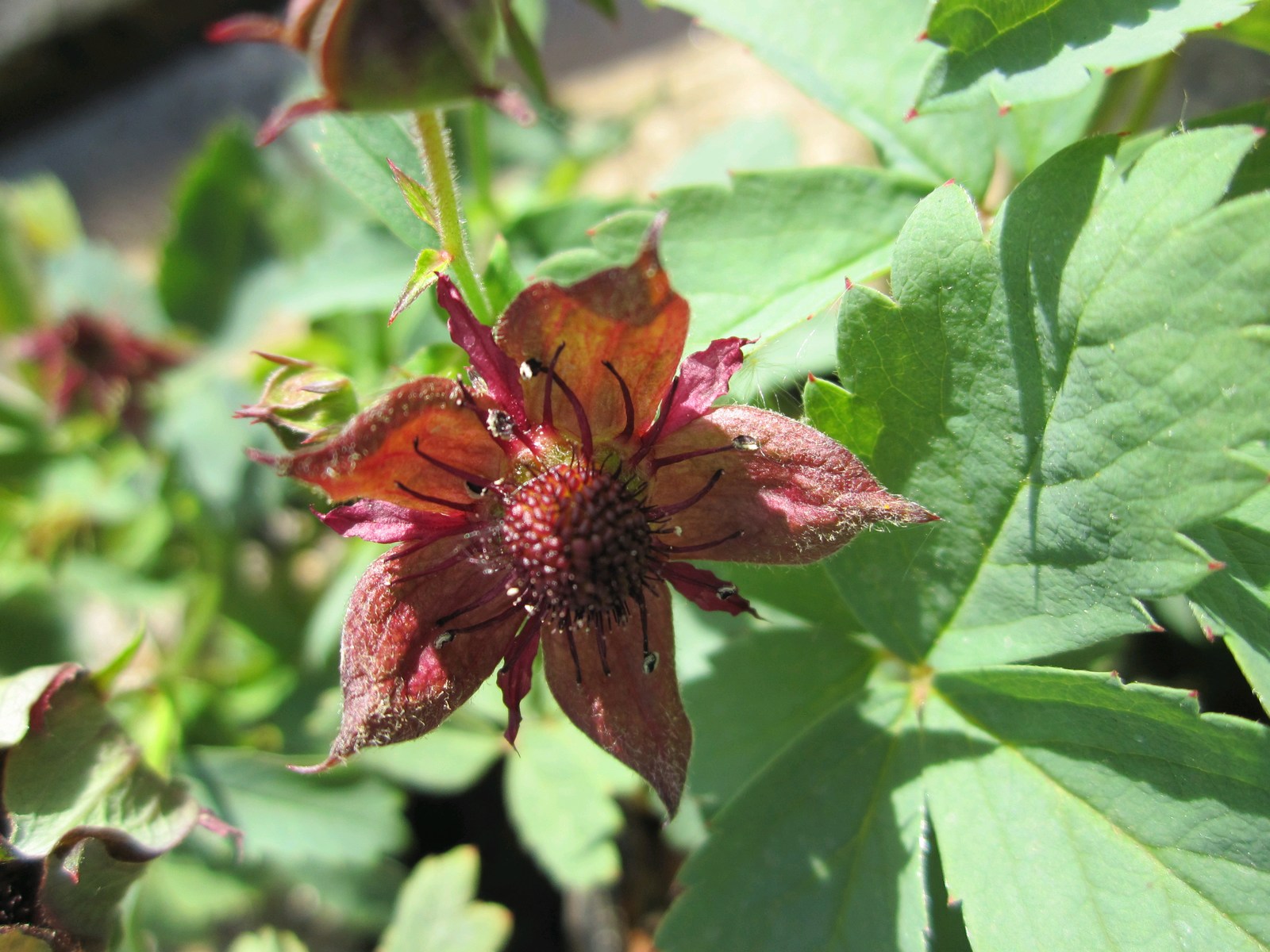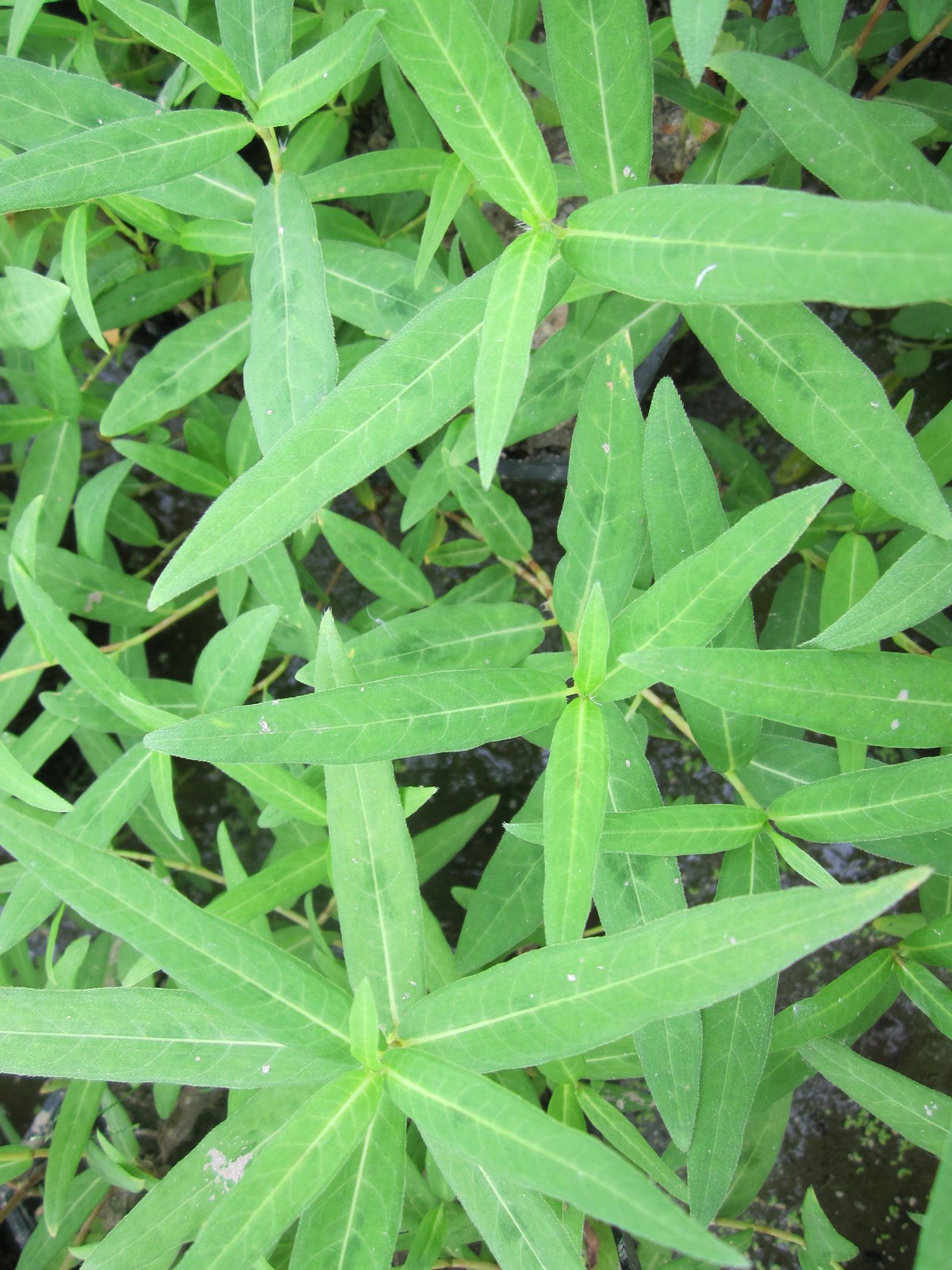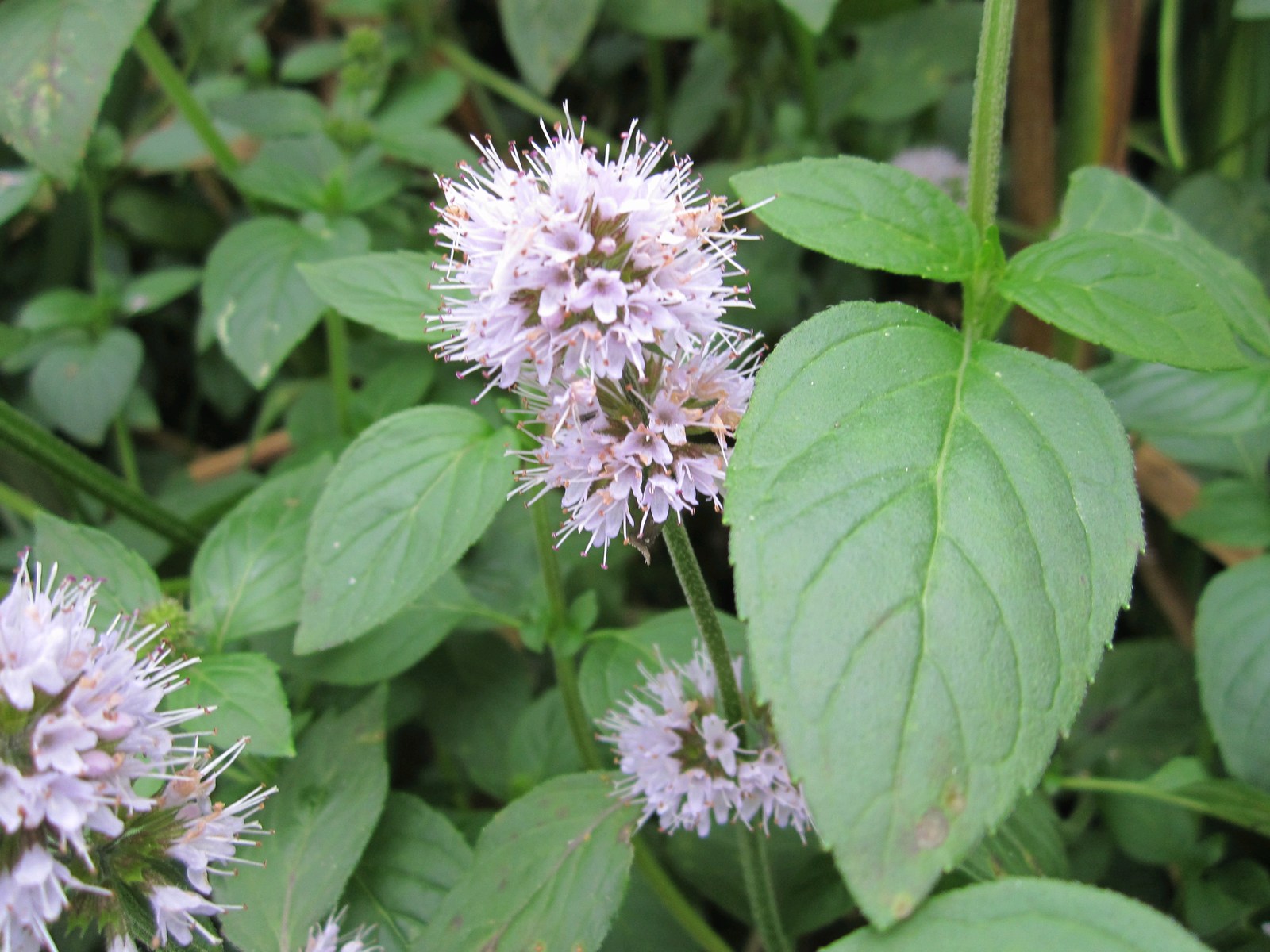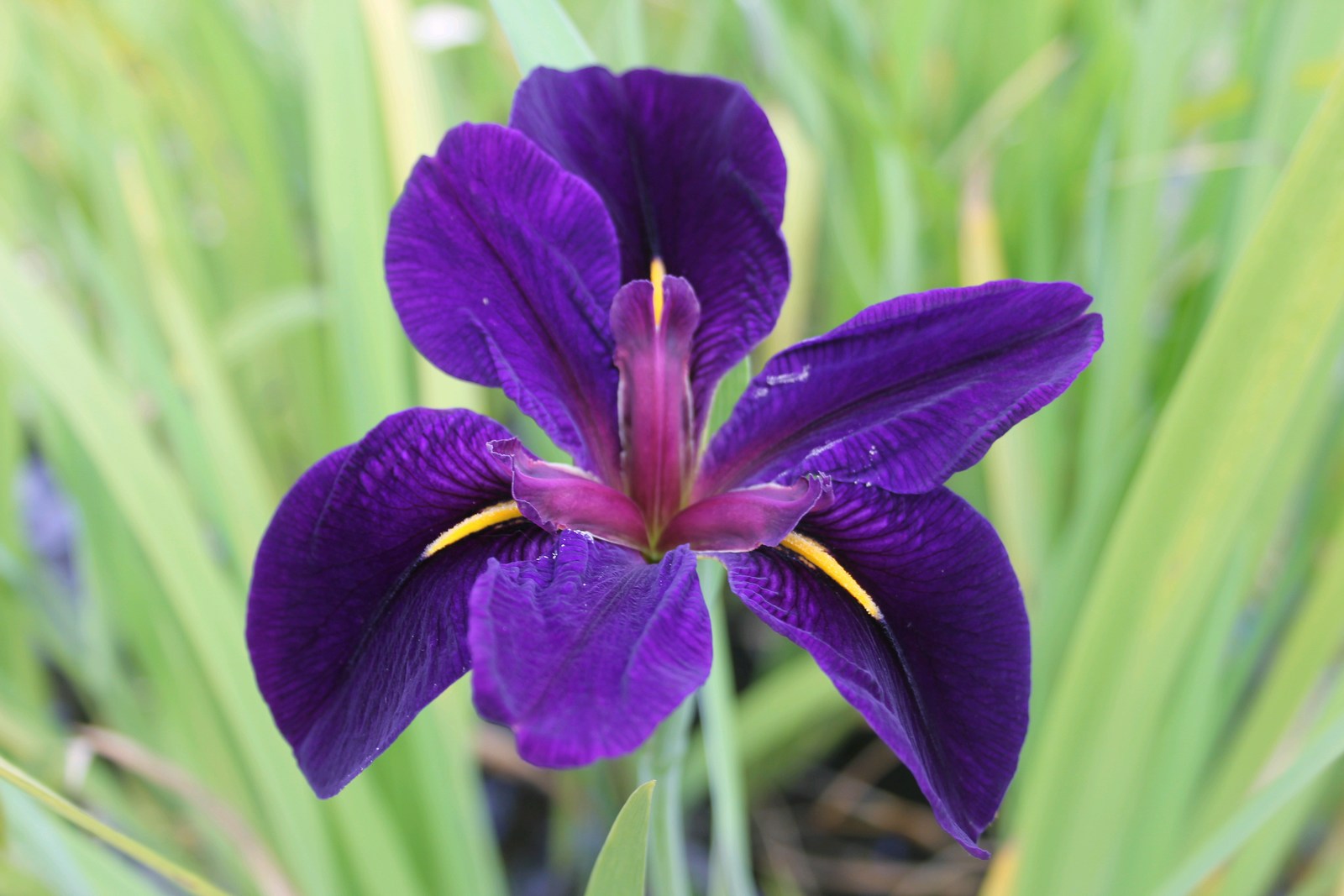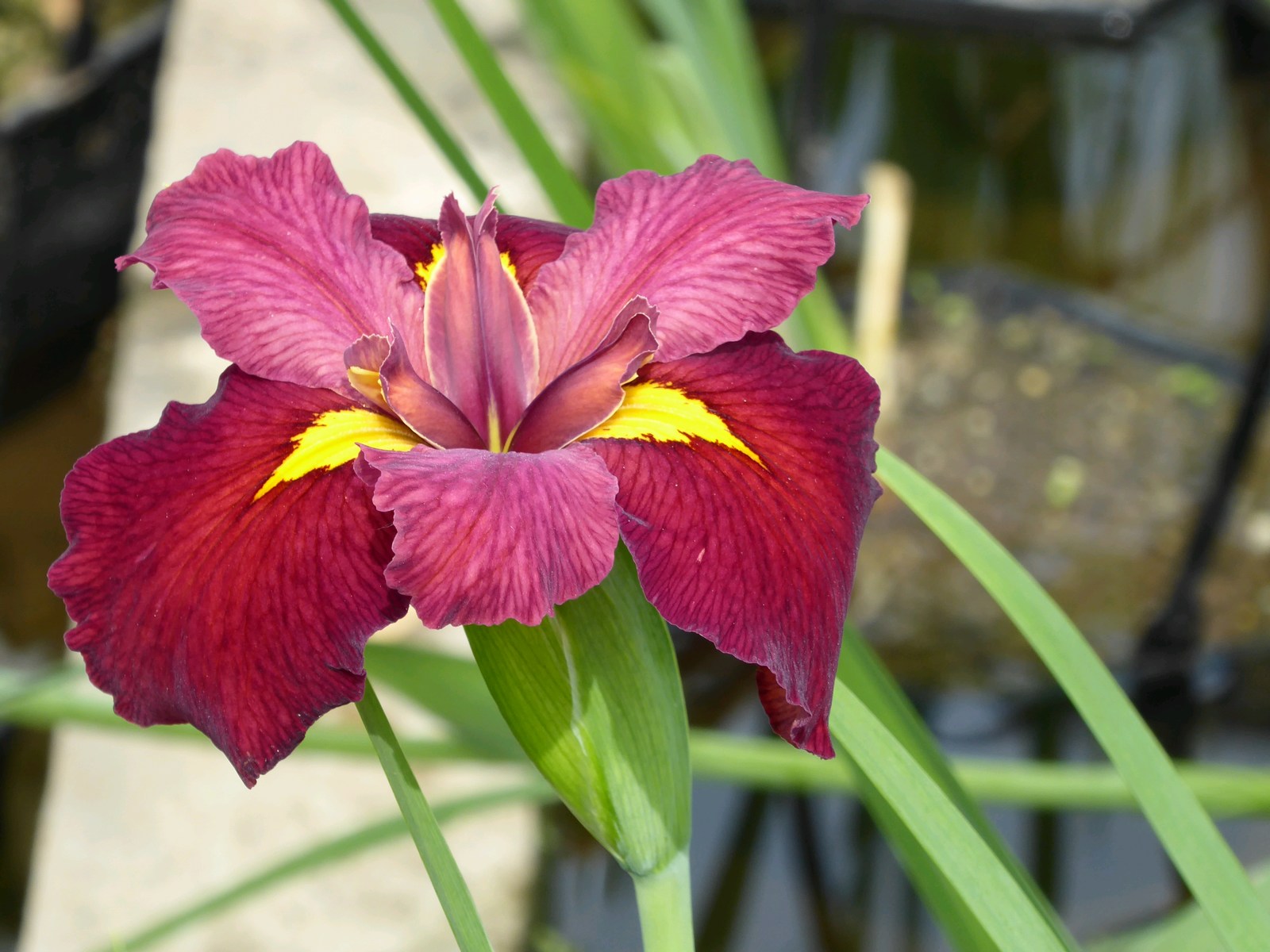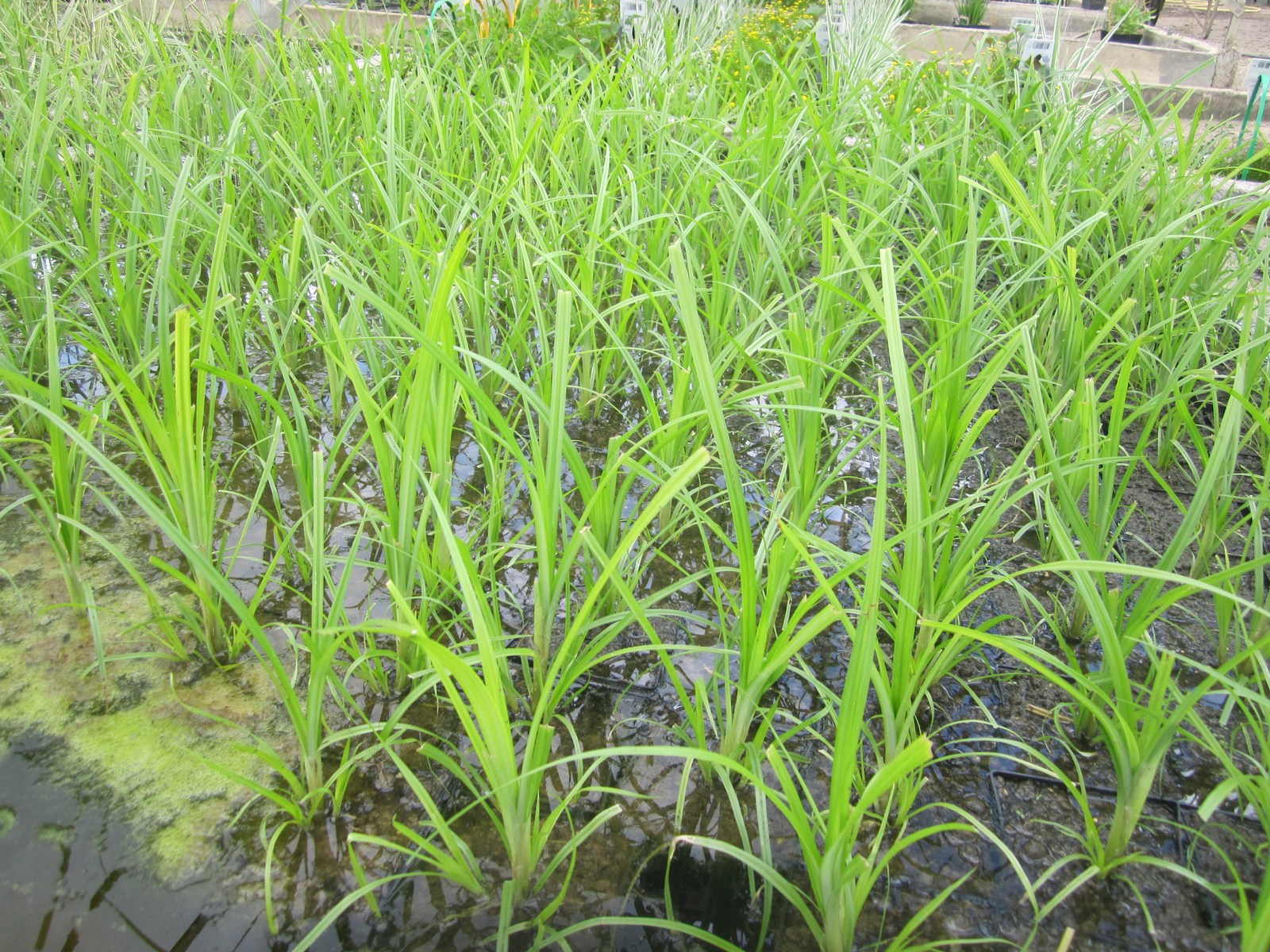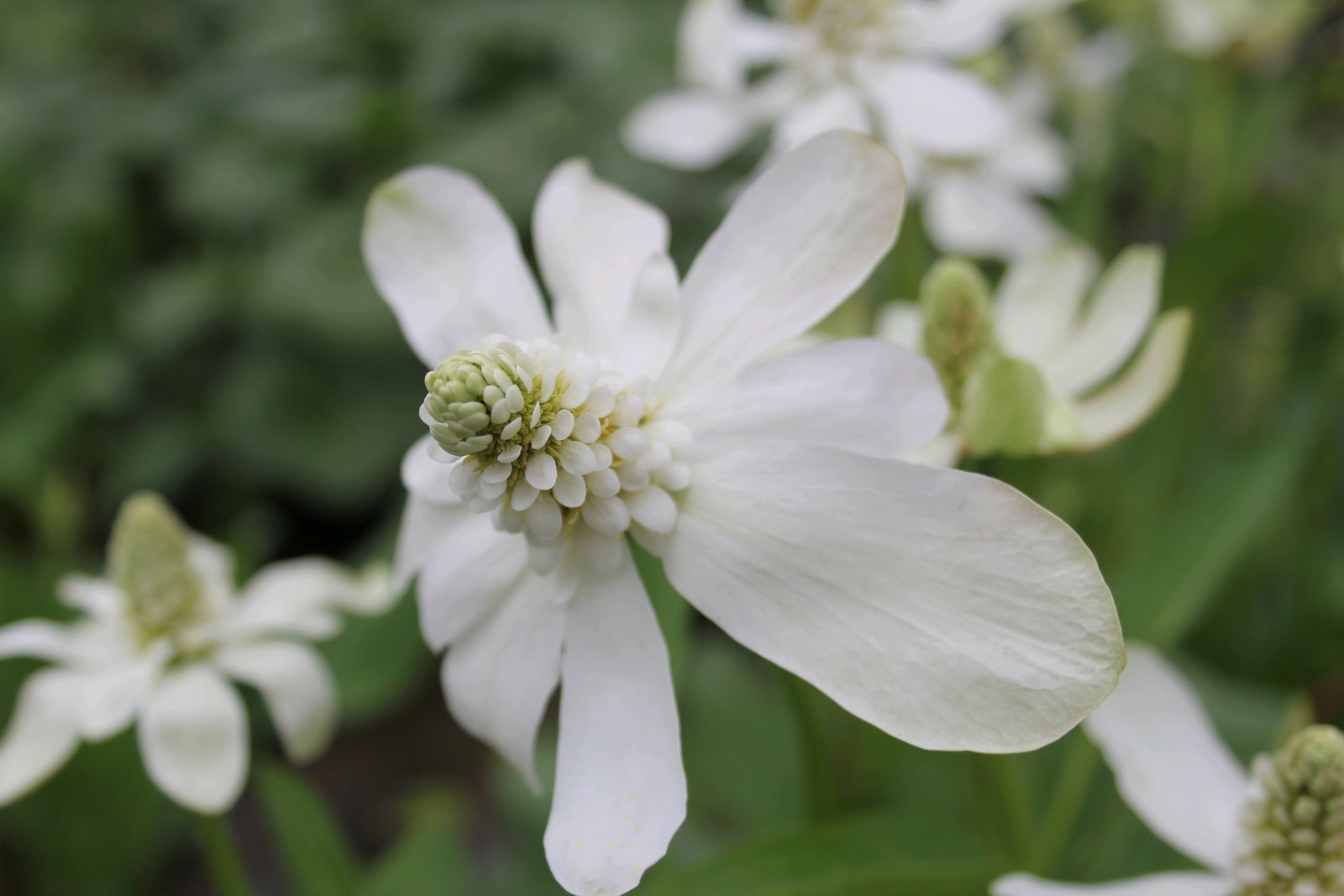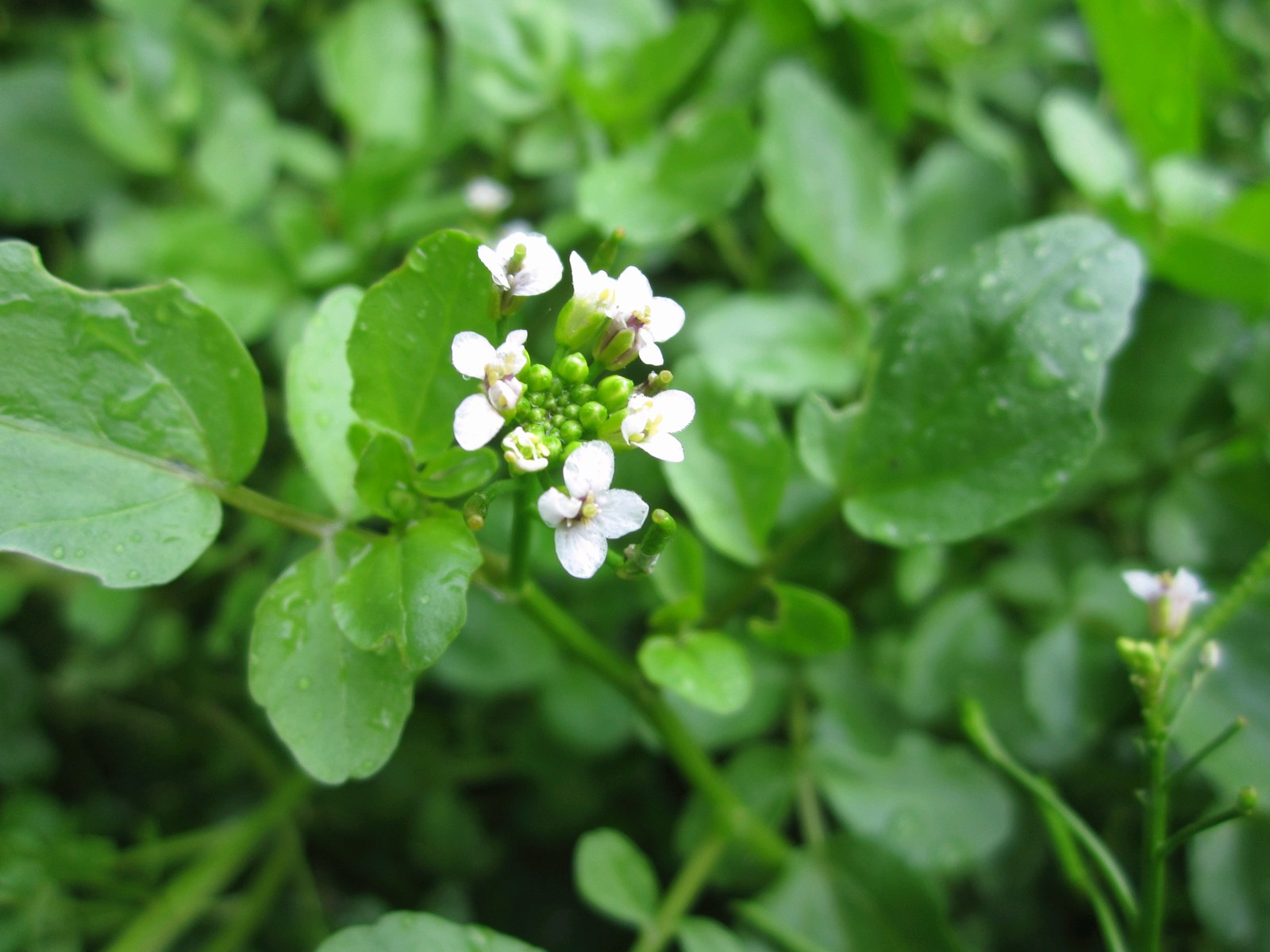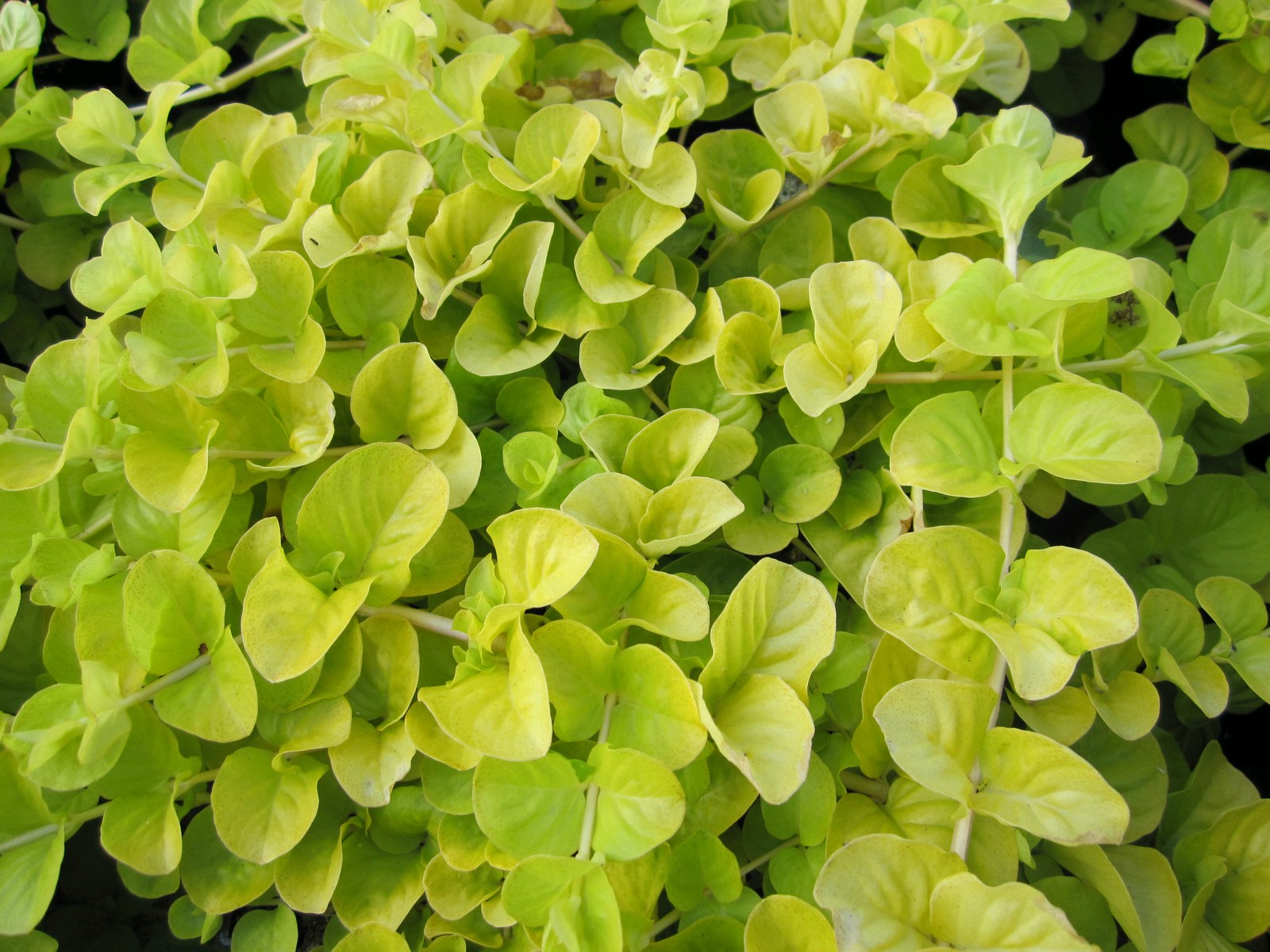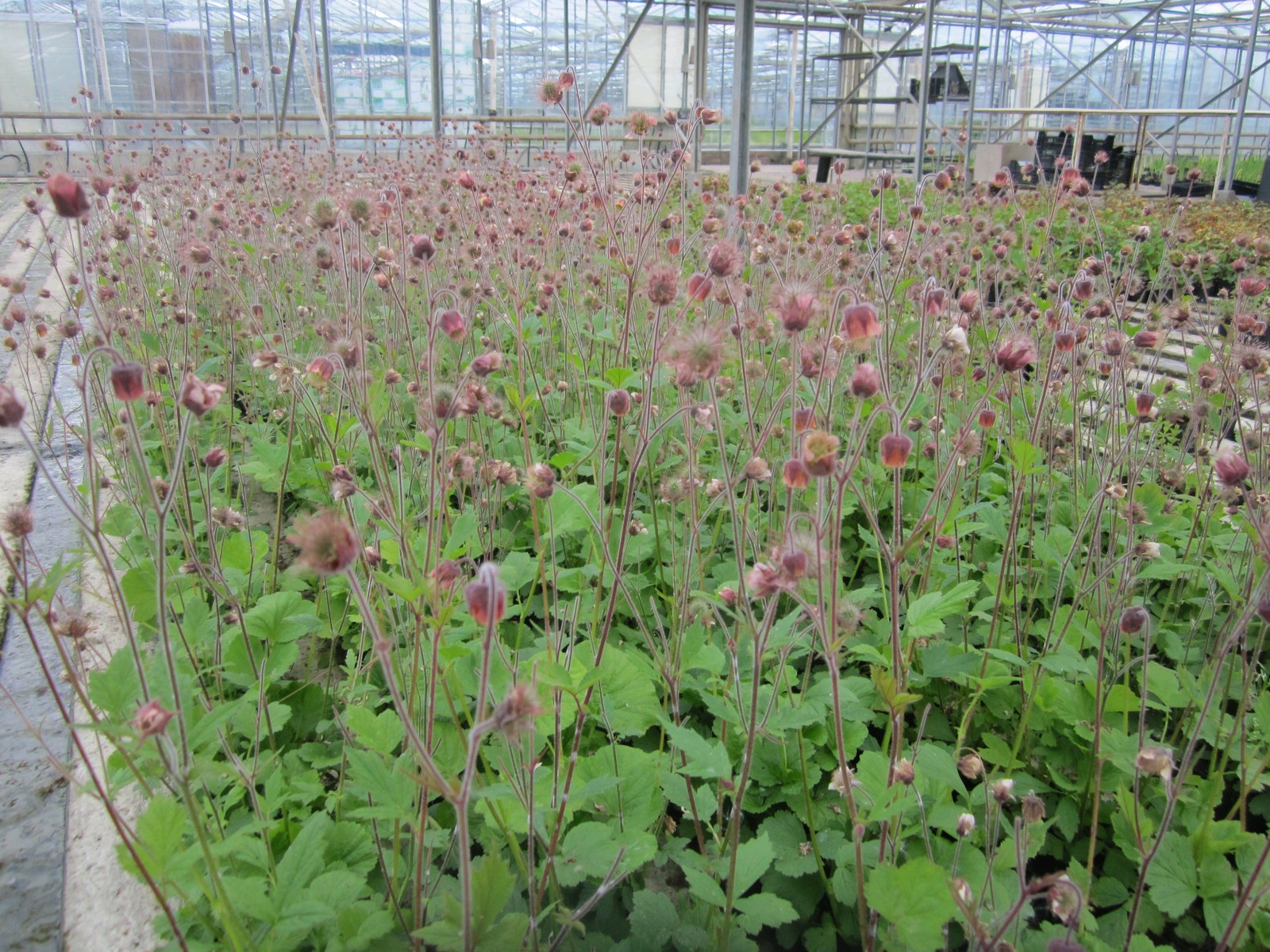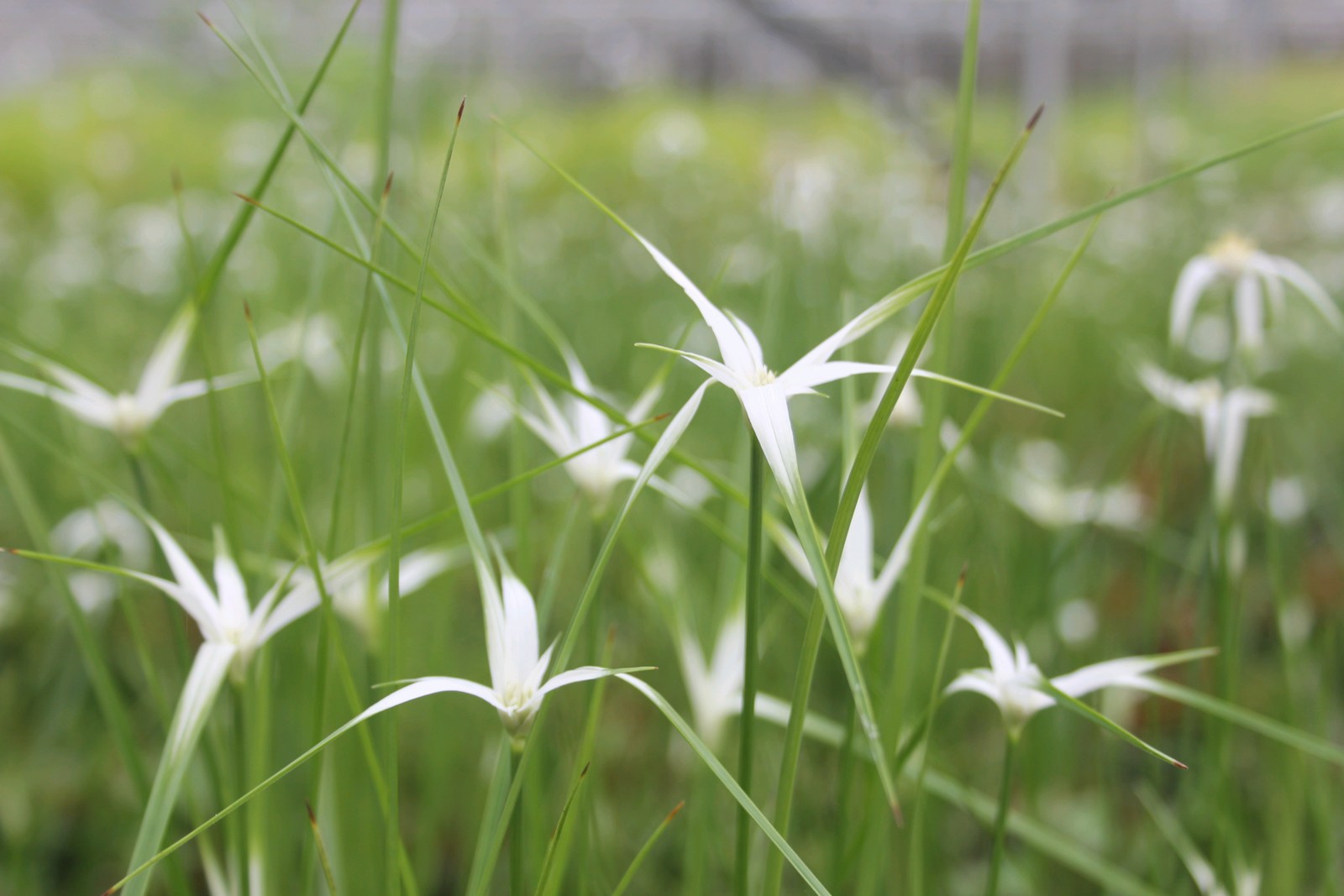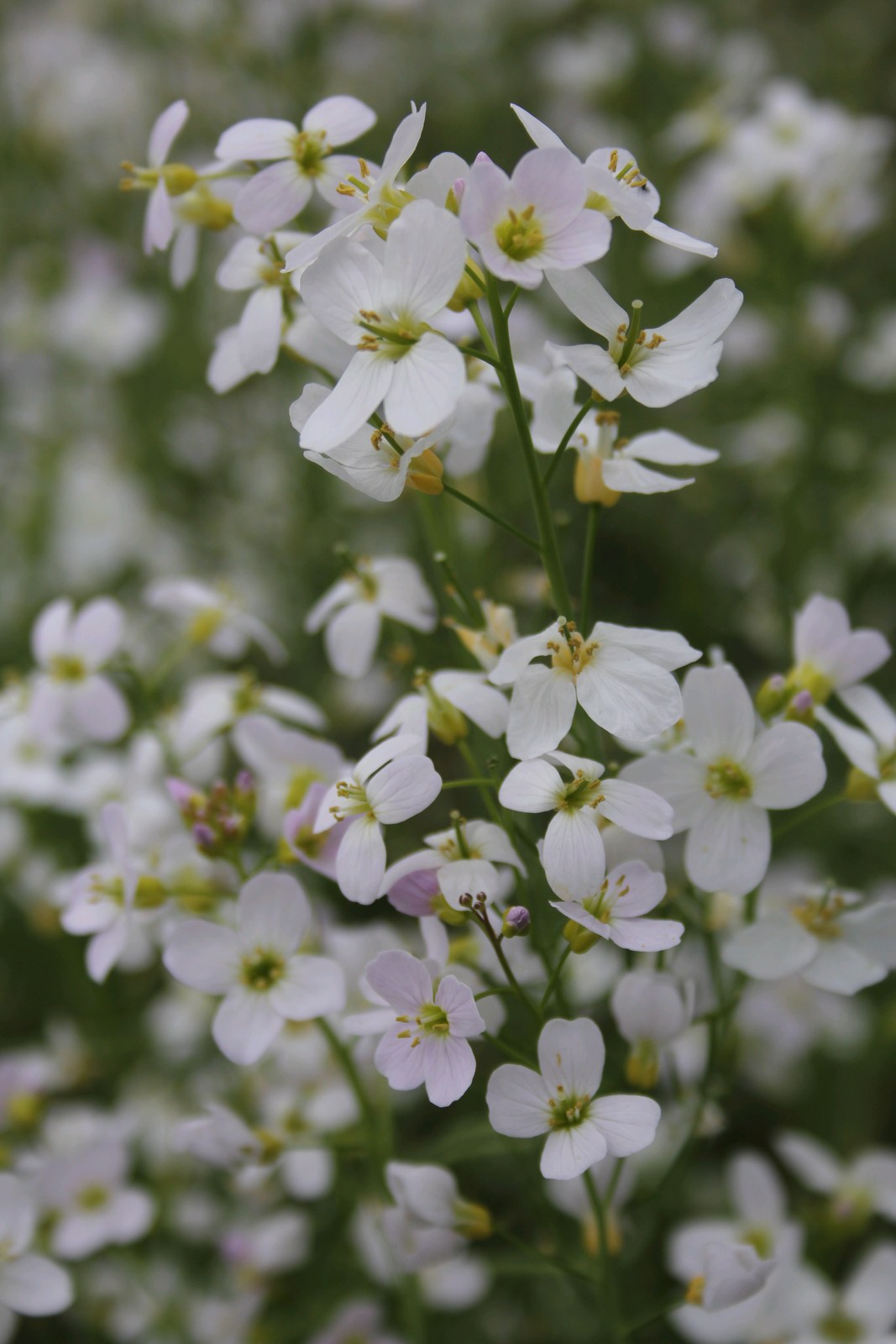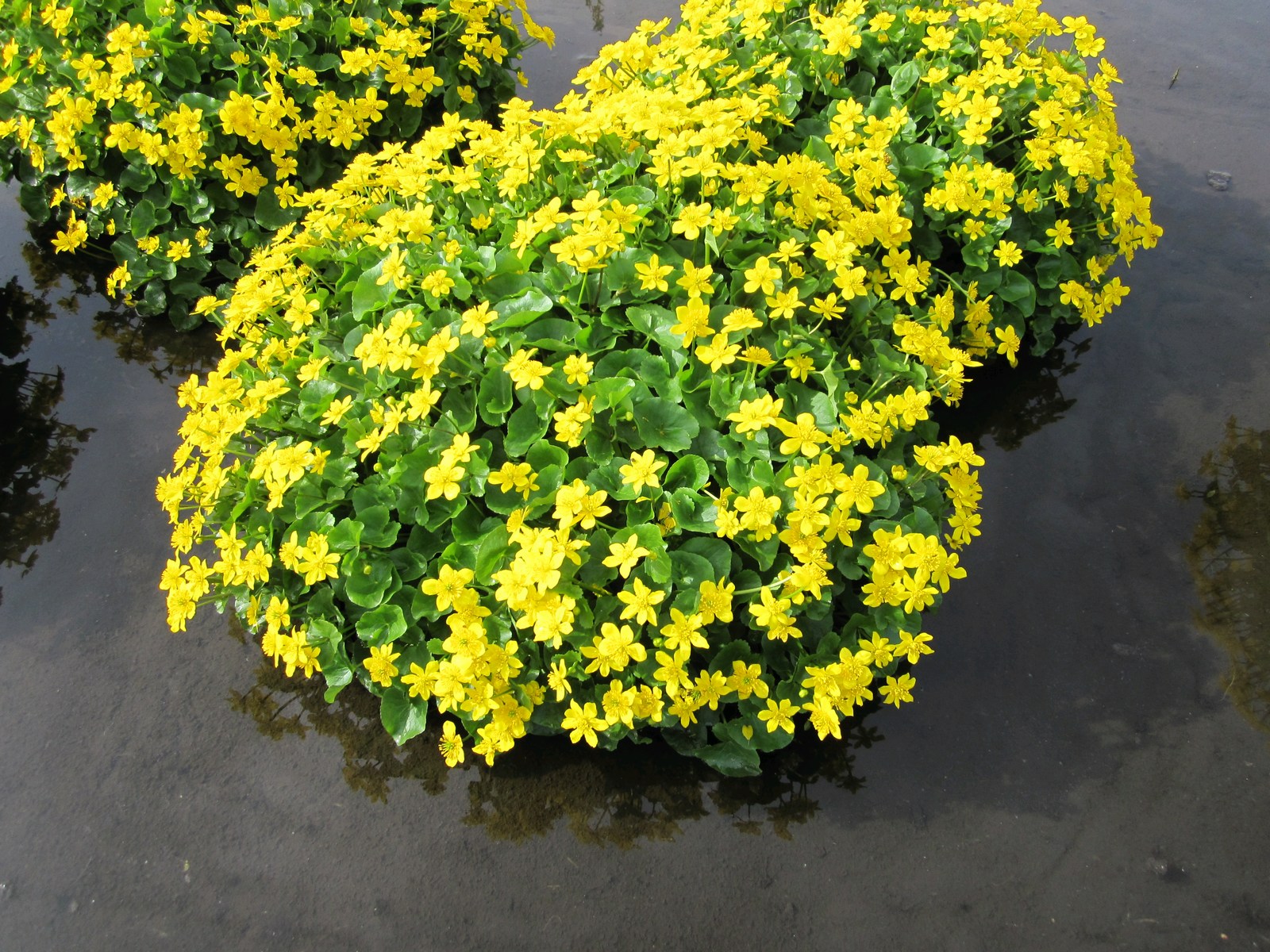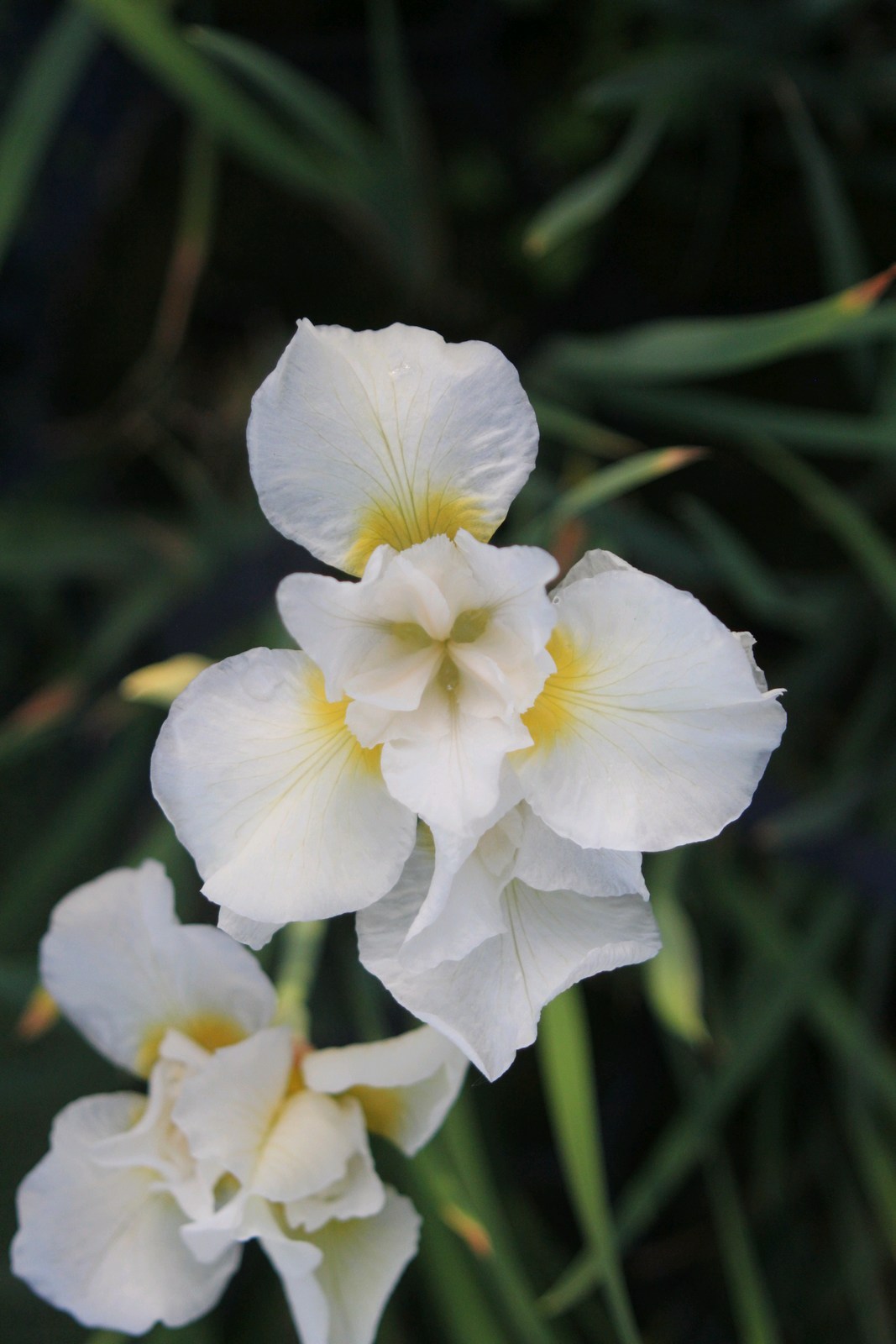Marginal Pond Plants are a key category within Riverwood AquaticsÕ diverse aquatic pond plant selection. These plants, thriving at the water’s edge, are essential for creating a seamless transition from water to land, adding depth, colour, and structure to your pond or water garden. Marginal plants are not just decorative… Read More
Marginal Pond Plants are a key category within Riverwood AquaticsÕ diverse aquatic pond plant selection. These plants, thriving at the water’s edge, are essential for creating a seamless transition from water to land, adding depth, colour, and structure to your pond or water garden. Marginal plants are not just decorative elements; they play a vital role in the health and equilibrium of your aquatic ecosystem, offering habitat, food, and filtration.
Marginal Pond Plants are typically found on the pond’s perimeter, where water meets land. This unique positioning allows them to contribute significantly to the pond’s biological balance by filtering excess nutrients and providing a barrier against erosion. Their roots help stabilise the pond banks, preventing sediment from clouding the water, while their foliage offers shelter and breeding grounds for a variety of wildlife, including amphibians, beneficial insects, and small aquatic creatures.
At Riverwood Aquatics, our selection of Marginal Pond Plants includes species that are both beautiful and beneficial. From the vibrant blooms of the Iris and the Caltha to the lush greenery of the Reed Mace and Horsetail, our plants are chosen for their ability to thrive in the wet, boggy conditions of pond margins. Whether your water garden is a small backyard feature or a large, natural pond, we have the perfect marginal plants to enhance its beauty and biodiversity.
Benefits of Incorporating Marginal Pond Plants
Erosion Control: Their roots help secure pond edges, reducing erosion and sediment.
Water Quality Improvement: They absorb pollutants and excess nutrients, improving water clarity and quality.
Wildlife Support: Provides essential habitat, nesting sites, and food sources for pond inhabitants.
Aesthetic Enhancement: Adds visual interest and natural beauty, creating a more immersive and complete pond landscape.
Choosing the Right Marginal Pond Plants for Your Space
Selecting the right marginal plants involves considering the depth of the planting area, sunlight exposure, and the overall design of your pond. Some marginal plants prefer shallow water, while others can thrive in slightly deeper areas. Consider bloom times and foliage types to ensure a year-round display of colour and texture.
Marginal Plant Care
Marginal Pond Plants are generally easy to install and maintain. They are often planted in aquatic baskets filled with a suitable planting medium, which are then placed at the appropriate depth along the pond margins. Regular maintenance includes trimming dead or overgrown foliage and dividing plants to prevent overcrowding.
Frequently Asked Questions
How often should marginal plants be divided?
It’s recommended to divide marginal plants every 2-3 years to ensure healthy growth and prevent them from dominating the space.
Can marginal plants survive winter?
Many marginal plants are perennial and can survive winter, especially if their roots are below the freeze line. Some may require additional protection or moving indoors in colder climates.
Do marginal plants require fertilisation?
While marginal plants benefit from nutrient-rich water, occasional fertilisation can promote healthier growth and more vibrant blooms. Be sure to use fertilisers safe for aquatic environments.
Categories

(225)

(9)

(78)

(24)

(86)
Products


